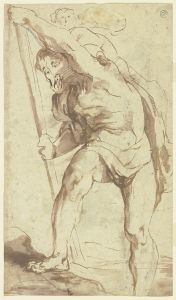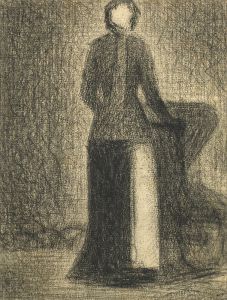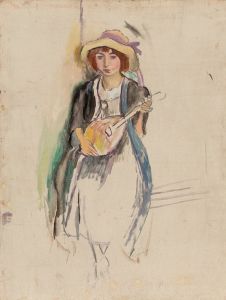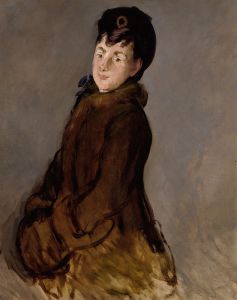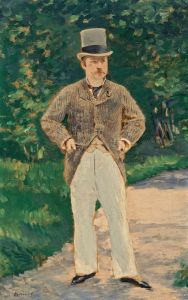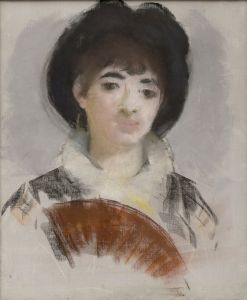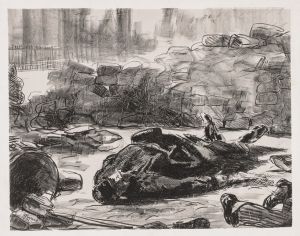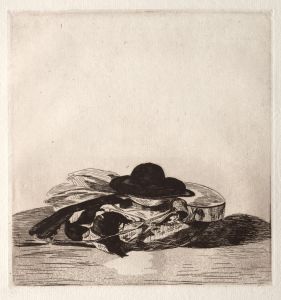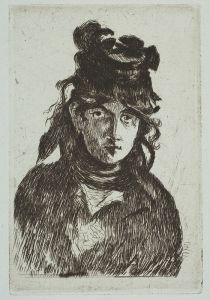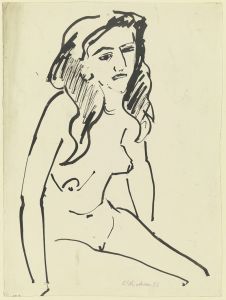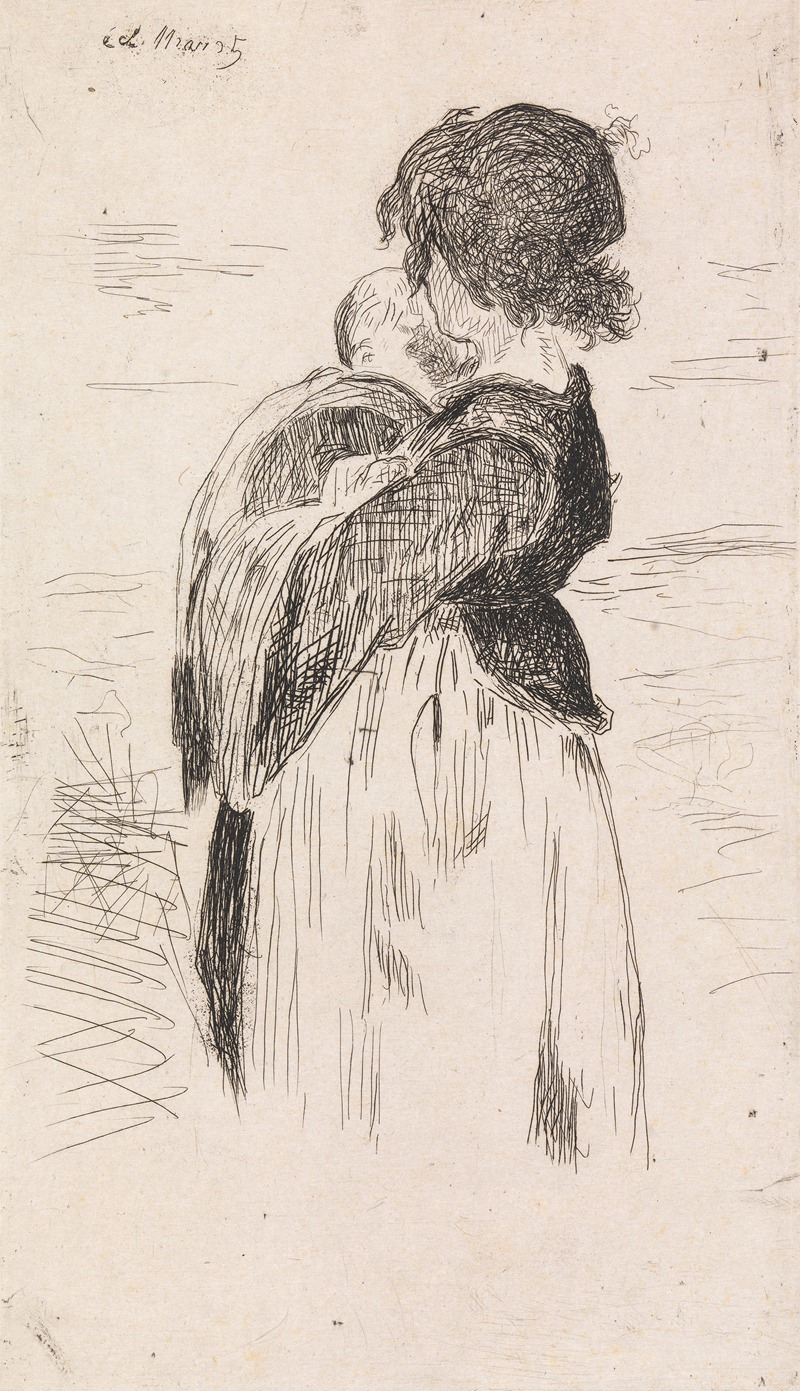
The Little Girl
A hand-painted replica of Édouard Manet’s masterpiece The Little Girl, meticulously crafted by professional artists to capture the true essence of the original. Each piece is created with museum-quality canvas and rare mineral pigments, carefully painted by experienced artists with delicate brushstrokes and rich, layered colors to perfectly recreate the texture of the original artwork. Unlike machine-printed reproductions, this hand-painted version brings the painting to life, infused with the artist’s emotions and skill in every stroke. Whether for personal collection or home decoration, it instantly elevates the artistic atmosphere of any space.
Édouard Manet, a pivotal figure in the transition from Realism to Impressionism, is renowned for his innovative approach to painting and his influence on modern art. Among his diverse body of work is the painting "The Little Girl," which, while not as widely recognized as some of his other masterpieces, still reflects his unique style and artistic concerns.
"The Little Girl" by Édouard Manet is a portrait that captures the essence of childhood through the artist's distinctive lens. Manet's portraits often reveal his interest in the human figure and his ability to convey personality and emotion with subtlety and depth. In this painting, Manet employs his characteristic loose brushwork and keen attention to the play of light and shadow, which are hallmarks of his style.
The painting depicts a young girl, whose identity remains unknown, seated in a relaxed pose. Manet's use of color is both restrained and effective, with a palette that emphasizes natural tones and soft contrasts. The background is typically understated, allowing the viewer to focus on the subject's expression and posture. This approach is consistent with Manet's broader oeuvre, where he often sought to capture the immediacy and vitality of his subjects.
Manet's technique in "The Little Girl" reflects his break from the traditional academic style that dominated French art in the mid-19th century. Instead of the highly polished finish and idealized forms favored by the Académie des Beaux-Arts, Manet embraced a more spontaneous and direct method of painting. This approach not only influenced his contemporaries but also paved the way for the Impressionists, who admired his rejection of convention and his focus on modern life.
The composition of "The Little Girl" is simple yet effective, drawing the viewer's attention to the girl's face and expression. Manet's ability to capture the fleeting nature of a moment is evident in the relaxed demeanor of the child, suggesting a sense of immediacy and presence. This quality is one of the reasons Manet's work continues to resonate with audiences today.
While "The Little Girl" may not be as famous as Manet's "Olympia" or "Le Déjeuner sur l'herbe," it nonetheless exemplifies his skill in portraiture and his contribution to the evolution of modern art. The painting is a testament to Manet's ability to convey the subtleties of human emotion and character through his innovative use of color, composition, and brushwork.
In summary, "The Little Girl" by Édouard Manet is a fine example of the artist's portraiture, showcasing his departure from traditional techniques and his influence on the development of modern art. Through his unique approach, Manet captures the essence of his subject with a simplicity and directness that continues to inspire and engage viewers.







